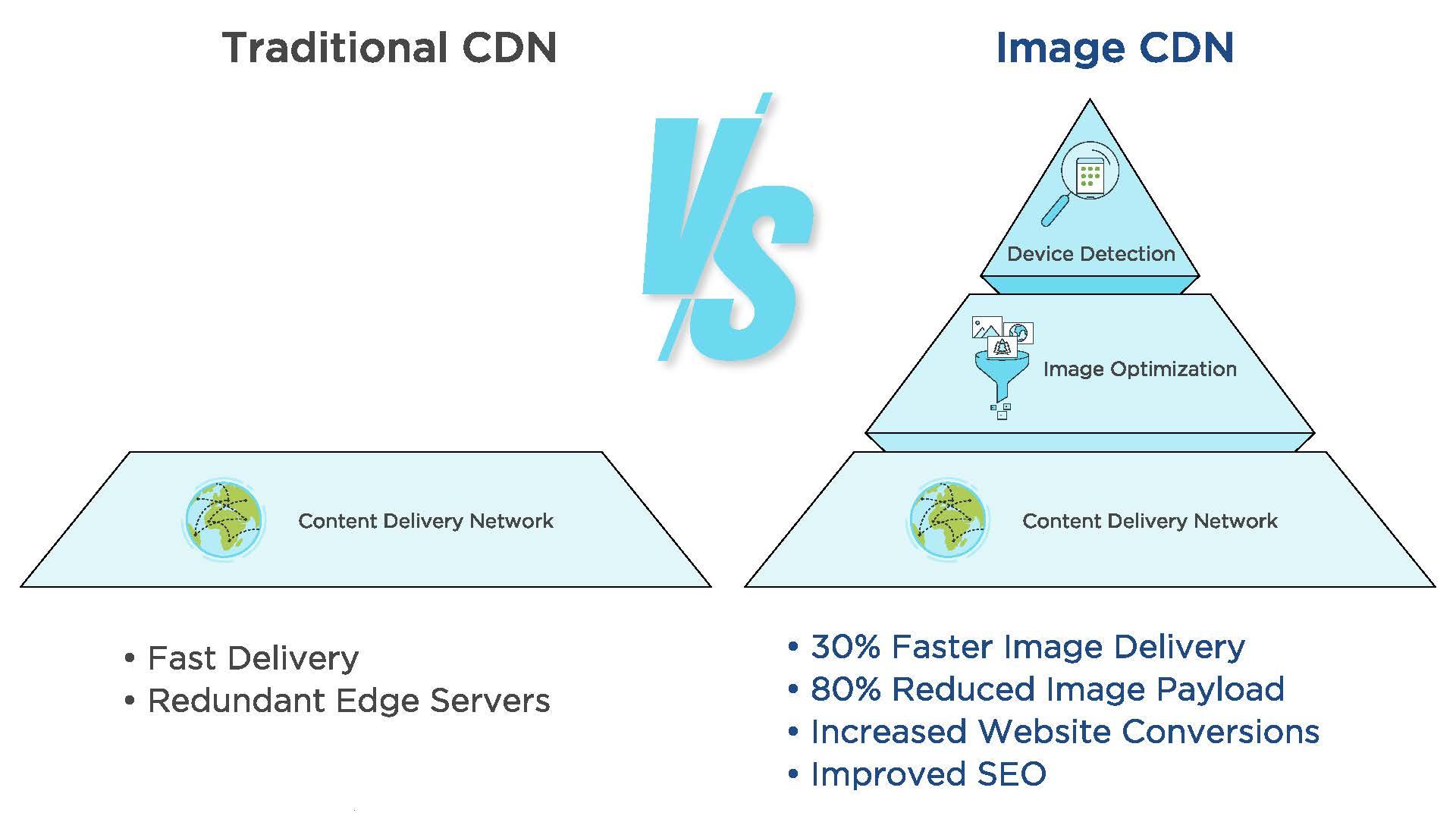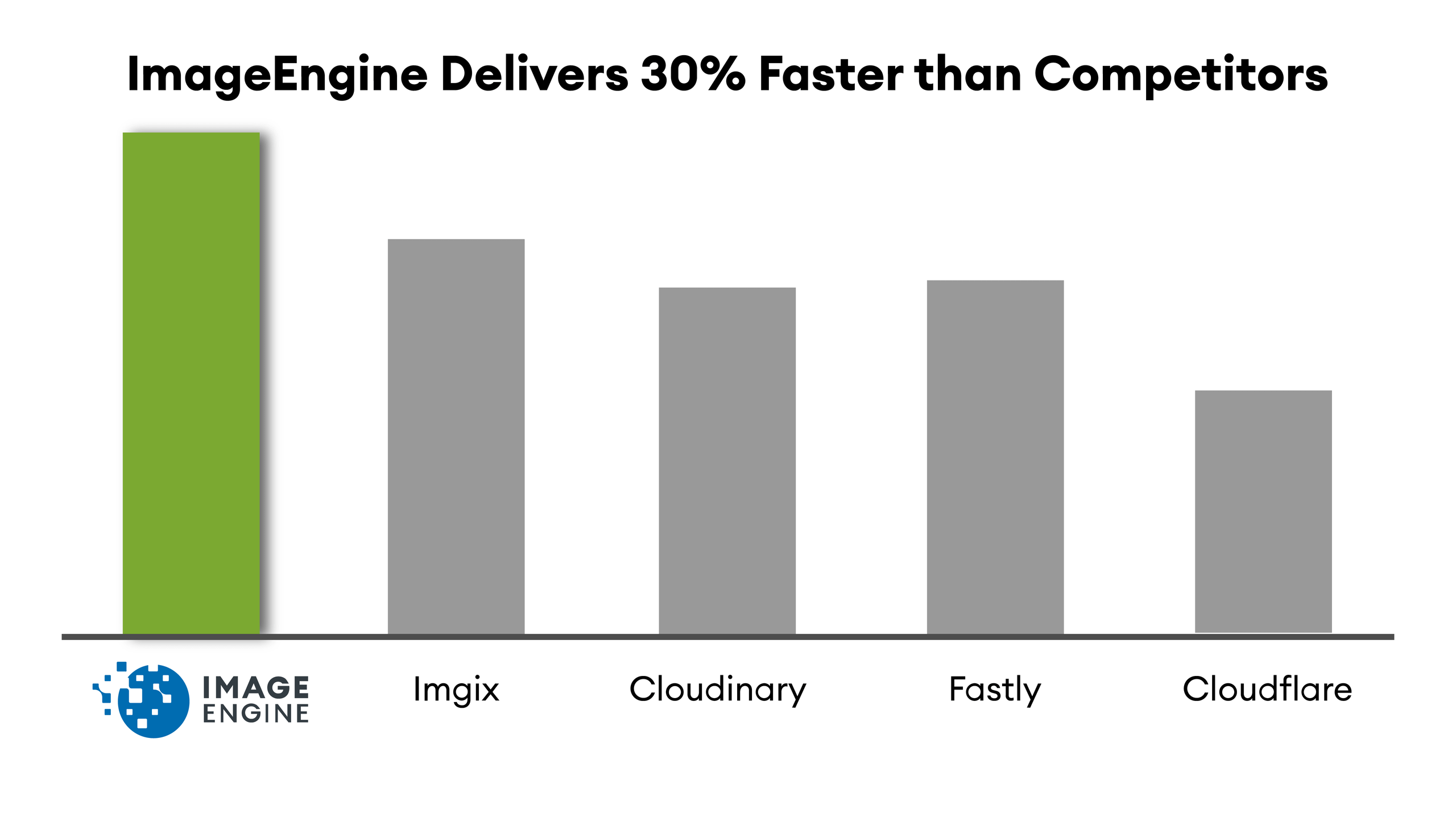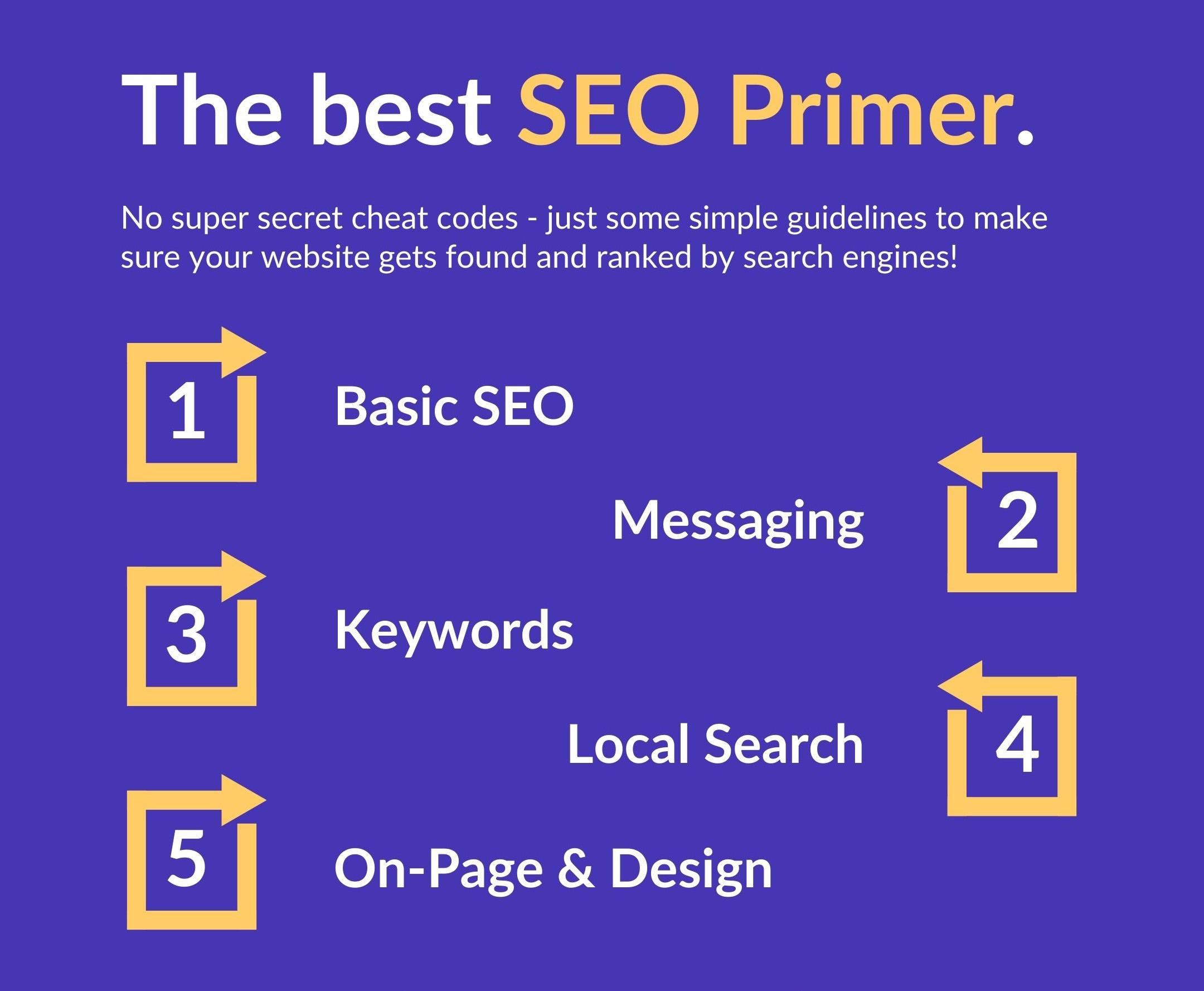ImageEngine operates a global image content delivery network (CDN) across over 18 regions. Within these regions, ImageEngine’s containerized device-aware edge servers form a network that quickly expands to meet the needs of enterprises. ImageEngine’s CDN provides speed and image optimization that accelerates customers’ websites, more than 30% faster than the closest CDN competitor.
Customers are pleasantly surprised to see great web performance results come from an image CDN . However, it is important to break away from the traditional CDN paradigm that equates great performance with thousands of POPs. ImageEngine has revolutionized the CDN industry by building a smarter type of image CDN.
How is ImageEngine’s Architecture Different from Traditional CDNs?
A traditional Content Delivery Network (CDN) relies on reducing the geographic distance between web site visitors and website servers. By staging content closer to the visitor, the CDN can deliver faster, reduce latency, and avoid long trips back to a single origin server that might be on the other side of the globe.

ImageEngine builds upon this geographic proximity approach, but it also adds two innovative improvements. First, each edge server on an image CDN like ImageEngine has device detection. The edge server instantly identifies the device model and browser requesting the images. In addition, device detection also provides information critical to the image optimization process: screen resolution and dimension, pixels per inch, support for WebP or JPEG 2000 (JP2) image file formats.
The second improvement is adding image optimization to the CDN process. When an image is requested for the first time, the image CDN will pull the original master image from the website’s origin. It will then resize, compress, and convert the image into a file format that is optimal for the specific device and browser. For example, for an iPhone XR, the image optimization will typically resize, compress, and convert to the JP2 format and reduce the image payload by up to 80%. All of this is done with no perceptible impact on quality. The next time the same device model requests the image, it is already in cache ready for instant delivery.
Is ImageEngine Faster than a Traditional CDN?
There are several ways to measure web performance for images. However, the metrics relevant to end users are Speed Index and Largest Contentful Paint. Comparing ImageEngine to traditional CDNs and Digital Asset Management platforms, ImageEngine accelerates load time approximately at least 30% faster than the closest competitor.

Leveraging Cloud Providers for a Global Footprint
A byproduct of leveraging device detection and image optimization is that it allows ImageEngine to be more efficient with its network architecture. Because it is faster and does not rely solely on geographic proximity, ImageEngine does not require thousands of POP locations to provide excellent service.
Instead, ImageEngine leverages a virtual, containerized edge-server architecture. This means it can deploy new edge servers to the regions where and when they are needed. It can also deploy on top of any cloud infrastructure provider that is reliable, safe and fast, like Amazon’s AWS. When new customers arrive in new regions, edge servers can be deployed in under one day.
The resulting network provides global coverage with excellent speed and redundancy. It also provides many of the features that enterprises expect: HTTPS, DDOS, WAF, and usage statistics. And it does this within a capital-efficient financial structure that helps keep our prices competitive.

Look no further for your SMB SEO Guide - this is the only one you'll need.
Containerized Edge Servers for Flexibility
ImageEngine uses containers to manage edge servers so that it can quickly deploy and maintain them across a number of networks. This containerization helps serve a number of Enterprise use cases:
- Maintaining ImageEngine’s own global CDN.
- Enabling enterprises to deploy image optimization on their own private cloud infrastructure or private CDN. Enterprises are increasingly looking about building their own CDNs. ImageEngine can help make those enterprise networks more efficient and powerful.
- Enabling traditional CDNs or telecom carriers to add an image optimization feature set with minimal development.
We also provide management services to ensure the integration, maintenance, and reliability of edge servers. Please contact us to discuss how ImageEngine can fit with your network architecture.
Edge Computing, Not Just Caching
Image optimization and device detection is a prime example of an edge-computing application. No longer is a CDN about just caching static content. Instead, ImageEngine is using edge computing to transform static images into dynamically optimized content in real-time. ImageEngine’s CDN can also support other edge computing applications. Conversely, it can deploy on other emerging edge-computing networks and become a compelling application for those networks.
In summary, image CDNs like ImageEngine are more than just a tool for image resizing. They are a template for next-generation network architecture whose principles can be applied to a number of new applications.
